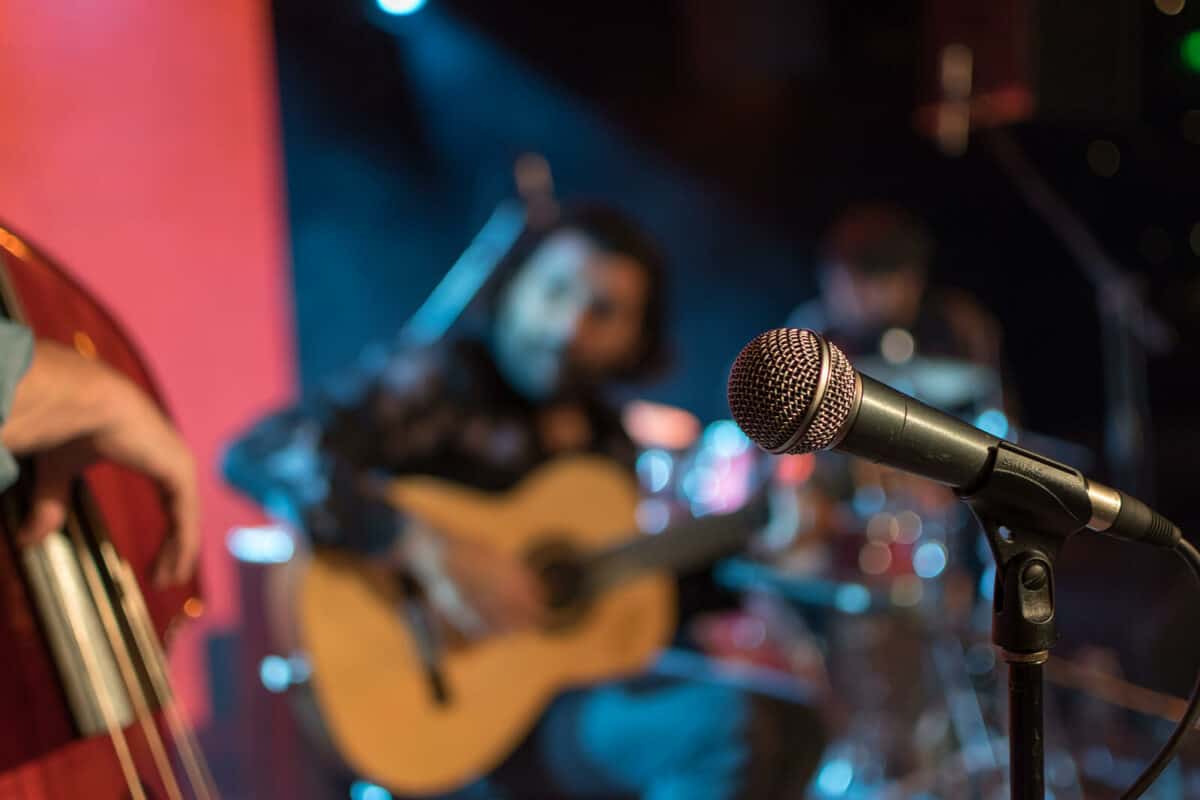In the realm of music, where every note holds a piece of the soul, hearing is not just a sense; it’s a gateway to passion and expression. For musicians, the journey is one of constant exploration and connection through sound. However, when the harmony of hearing is disrupted, it’s crucial to navigate the path with care. In this guide, we explore essential considerations for musicians using hearing aids, ensuring that your craft remains vibrant and undiminished.
Selecting Hearing Aids with Musicality in Mind
When choosing hearing aids as a musician, the selection process goes beyond standard considerations. Look for devices that prioritize musicality – ones designed to preserve the nuances and richness of the musical spectrum. Seek hearing aids that offer a wide frequency response and low distortion, allowing you to experience the full range of tones without compromise.
Customized Fittings for Comfort and Performance
Musicians often wear their instruments like a second skin, and the same should be true for hearing aids. Opt for custom fittings tailored to your ear anatomy. Comfort is paramount during long practice sessions or performances, and a snug, customized fit ensures that your hearing aids stay securely in place, allowing you to fully immerse yourself in your musical expression.
Feedback Management for Clean Sound
Feedback or whistling sounds can be an unwelcome distraction for musicians. Choose hearing aids equipped with advanced feedback management systems to minimize or eliminate feedback issues. This feature ensures that your focus remains on your music without the interference of unwanted noise.
Directional Microphones for Precision
Precision in sound is essential for musicians, and directional microphones play a pivotal role in achieving this. These microphones focus on specific sound sources, helping you isolate and amplify the instruments or voices you want to hear. Whether you’re in a studio or performing on stage, directional microphones contribute to a more refined auditory experience.
Consideration for Music Genres and Environments
Different music genres and performance environments have distinct acoustic characteristics. Whether you’re a classical pianist in a concert hall or a rock guitarist on a lively stage, your hearing aids should be adaptable. Discuss your musical preferences and performance settings with your hearing care professional to ensure that your devices are optimized for your specific musical journey.
Real-Time Sound Processing for Dynamic Performances
Musical performances are dynamic, with variations in volume, tempo, and tone. Choose hearing aids equipped with real-time sound processing capabilities that can adapt to these changes on the fly. This feature ensures that you experience the full dynamism of your musical creations without missing a beat.
Balance Between Hearing Protection and Amplification
While hearing aids amplify sound, it’s essential to strike a balance between amplification and hearing protection. Musicians often face exposure to loud volumes during performances, rehearsals, or studio sessions. Opt for hearing aids with adjustable volume controls and a built-in protection mechanism that automatically adjusts to loud sounds, preventing potential damage to your hearing.
Regular Maintenance and Cleaning
The demands of a musician’s life can expose hearing aids to dust, sweat, and other environmental factors. Regular maintenance and cleaning are crucial to ensure optimal performance. Follow the manufacturer’s guidelines for care, and schedule routine check-ups with your hearing care professional to address any issues promptly.
Open Communication with Your Hearing Care Professional
Your journey as a musician is unique, and so are your hearing needs. Establish open communication with your hearing care professional. Share your musical goals, challenges, and any specific issues you encounter during performances. This partnership ensures that your hearing aids are continually fine-tuned to support your musical passion.
Conclusion: A Harmonious Blend of Hearing and Music
For musicians, the world of sound is not just a canvas; it’s the very essence of their craft. Navigating the considerations of hearing aids with musicality in mind is essential to preserving this essence. By selecting devices that prioritize musical performance, customizing fittings for comfort, and embracing features like feedback management and directional microphones, musicians can continue to immerse themselves in their art. As you embark on this journey, let the harmonious blend of hearing aid technology and your musical passion create a melody that resonates with the joy of undiminished expression.

